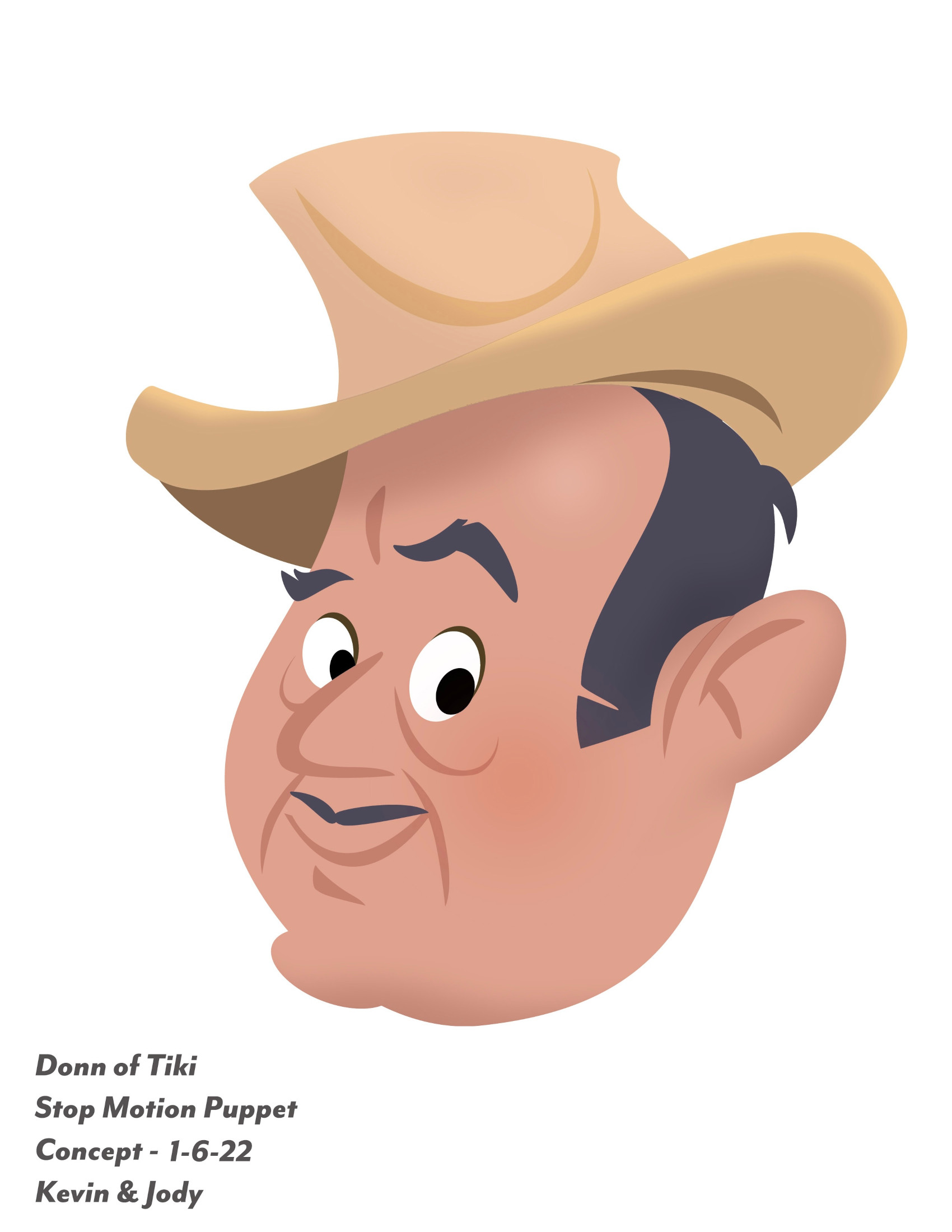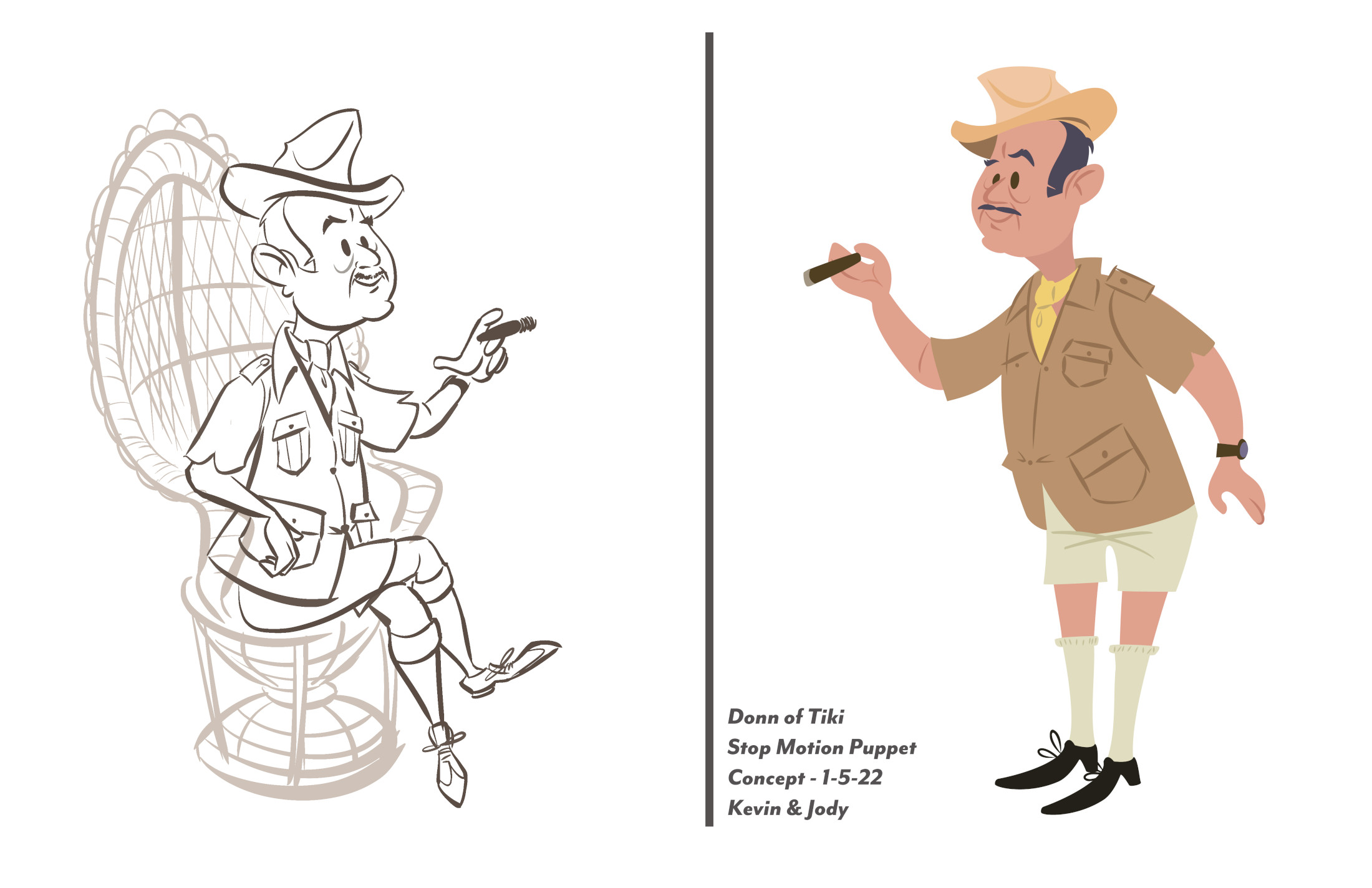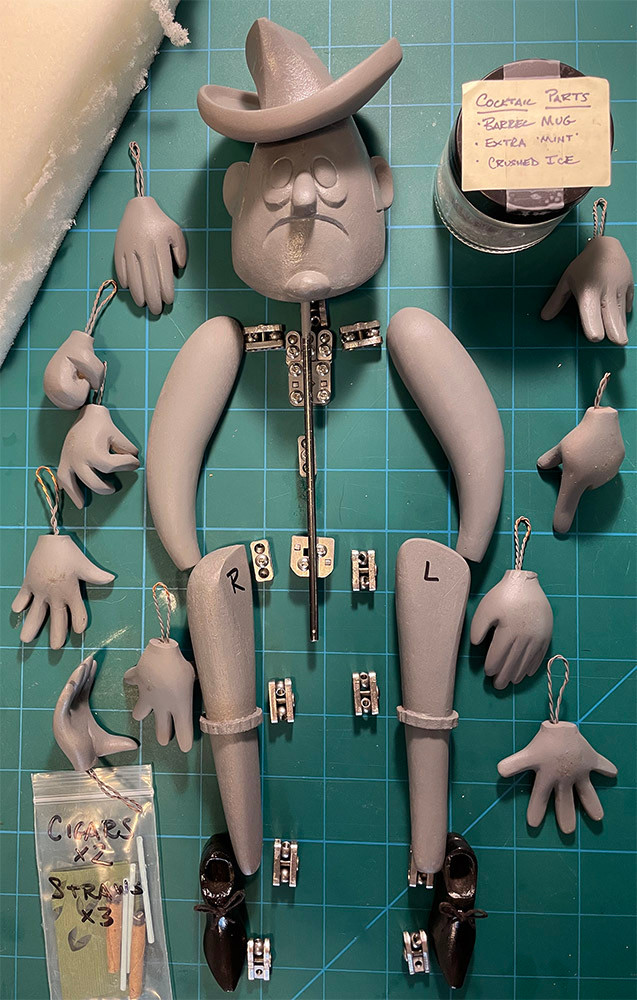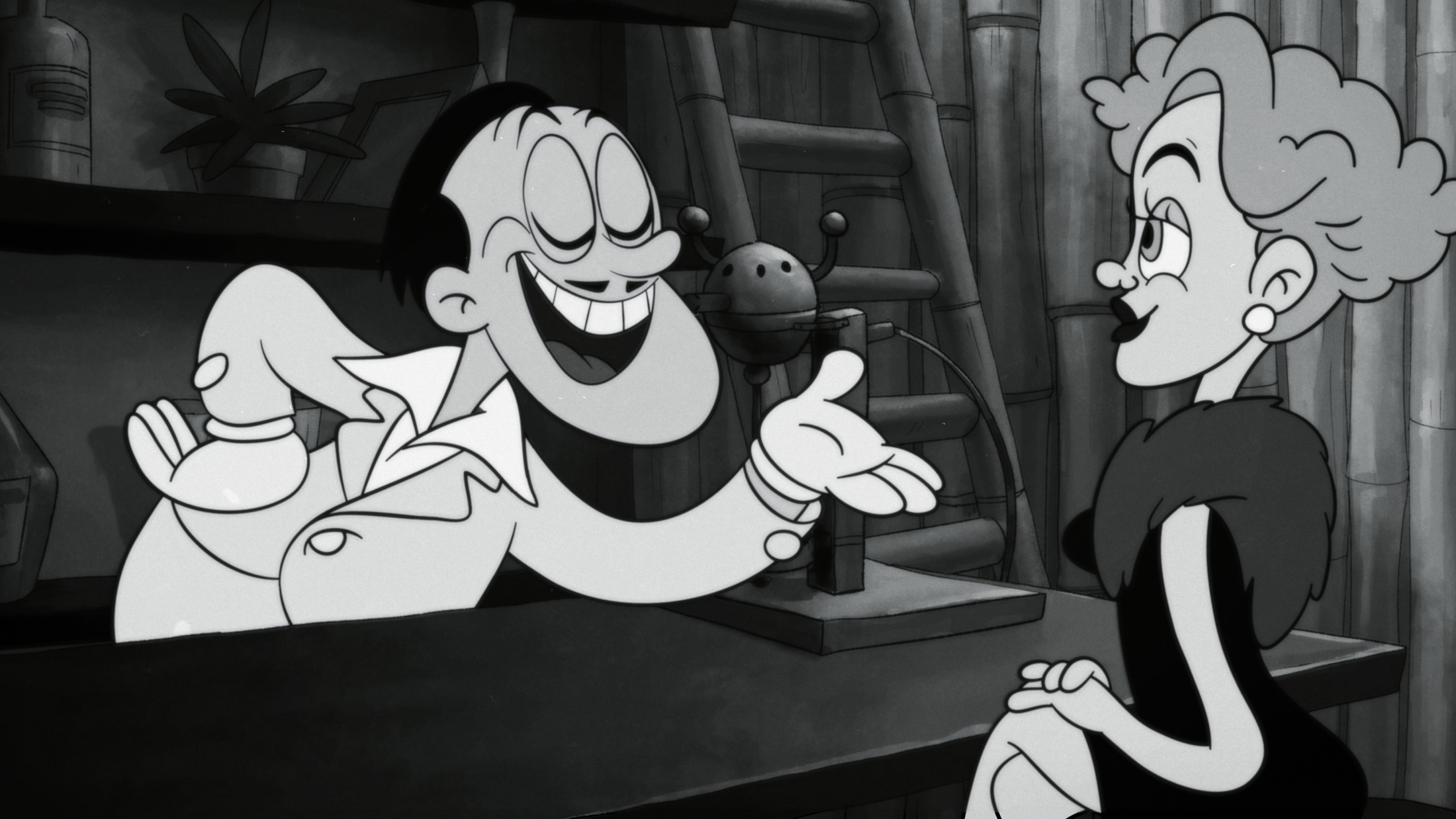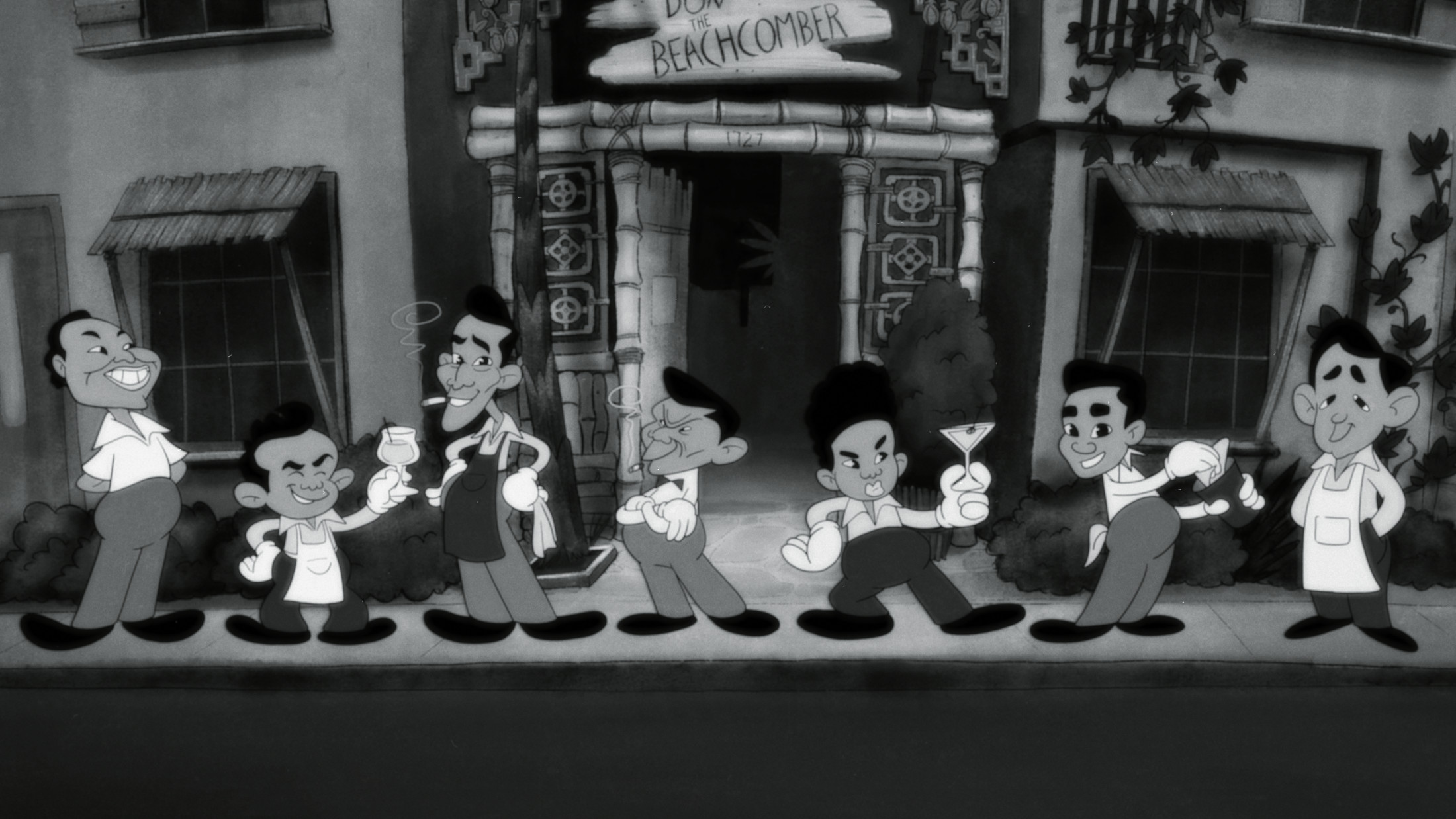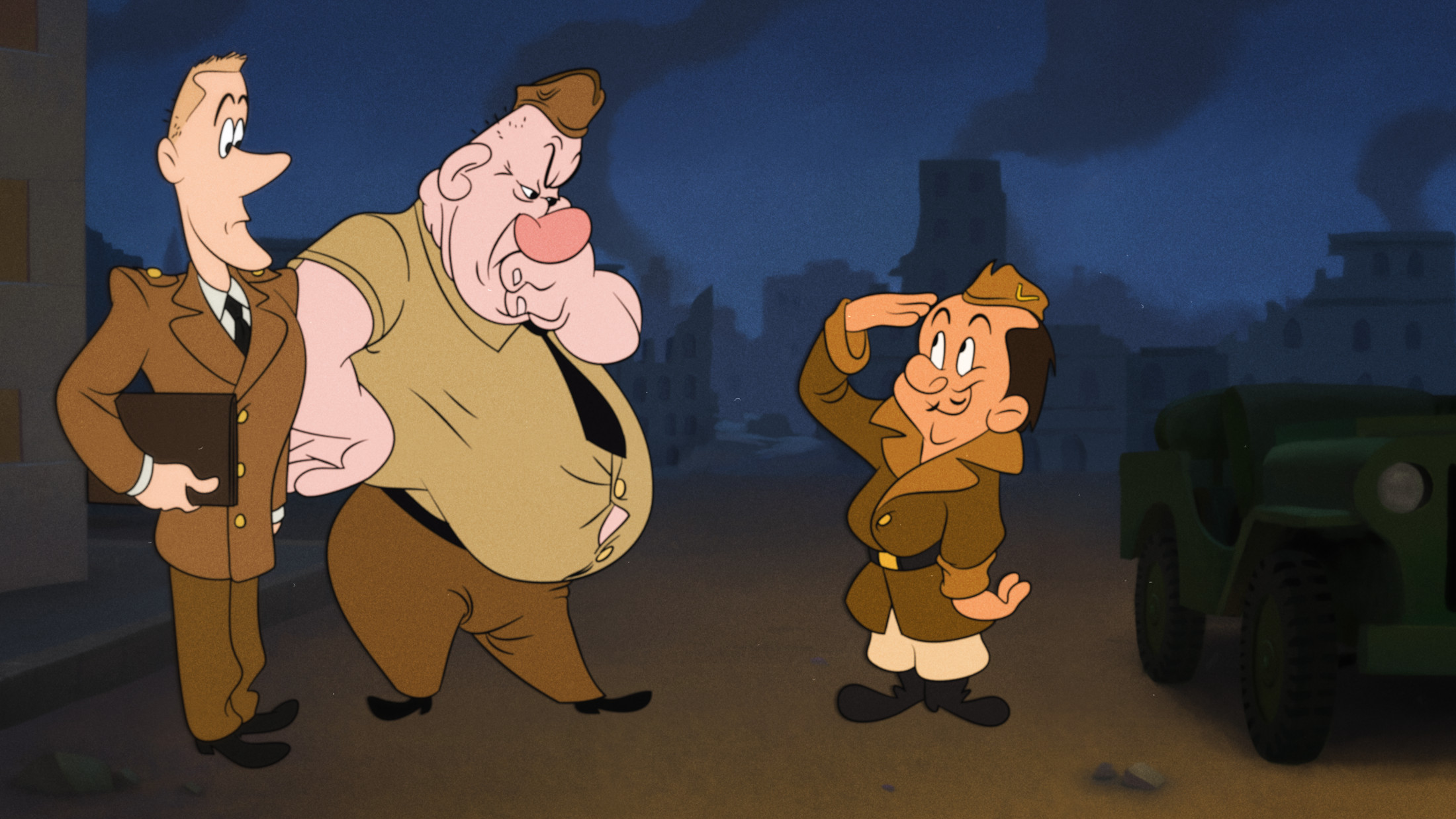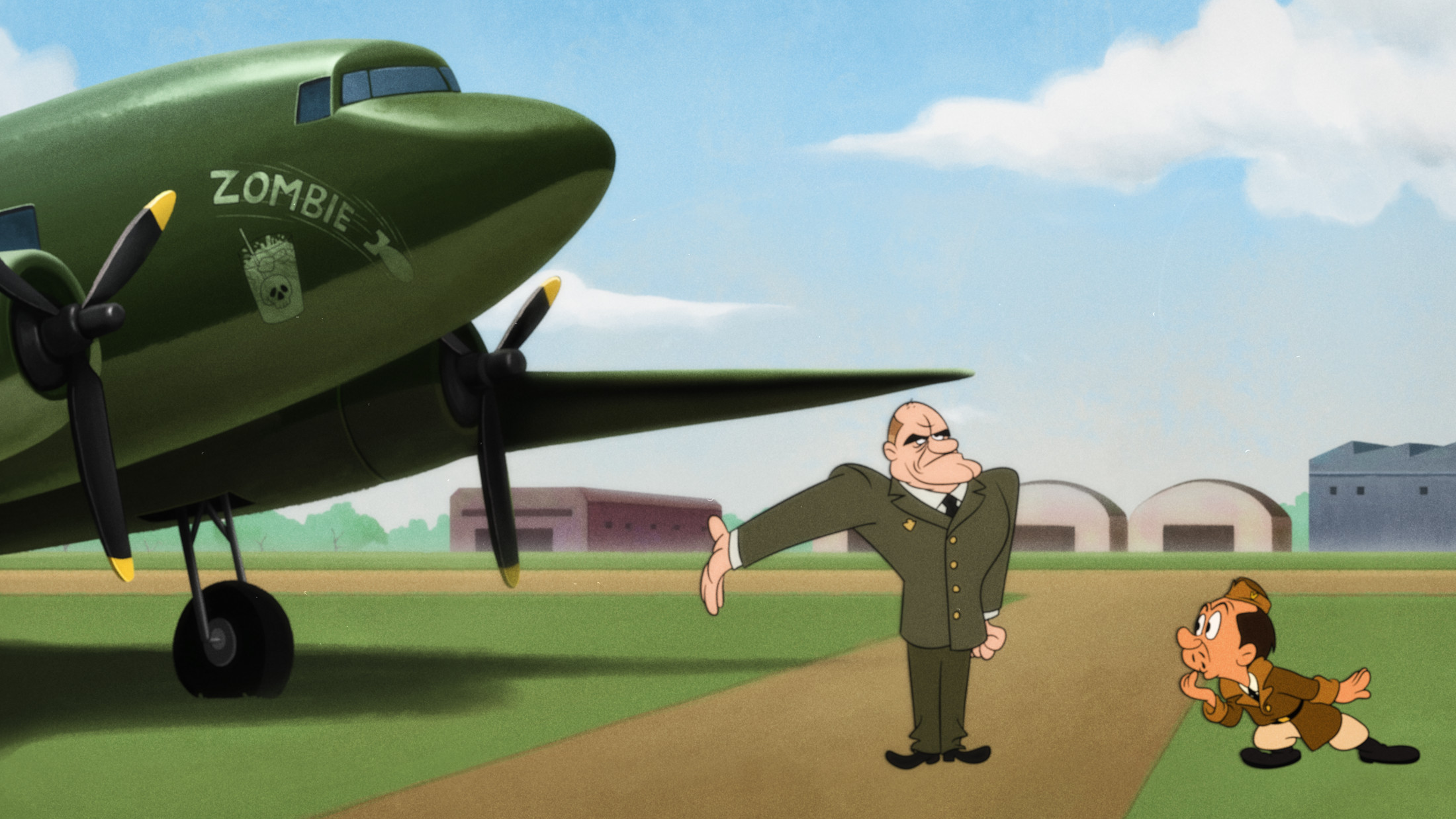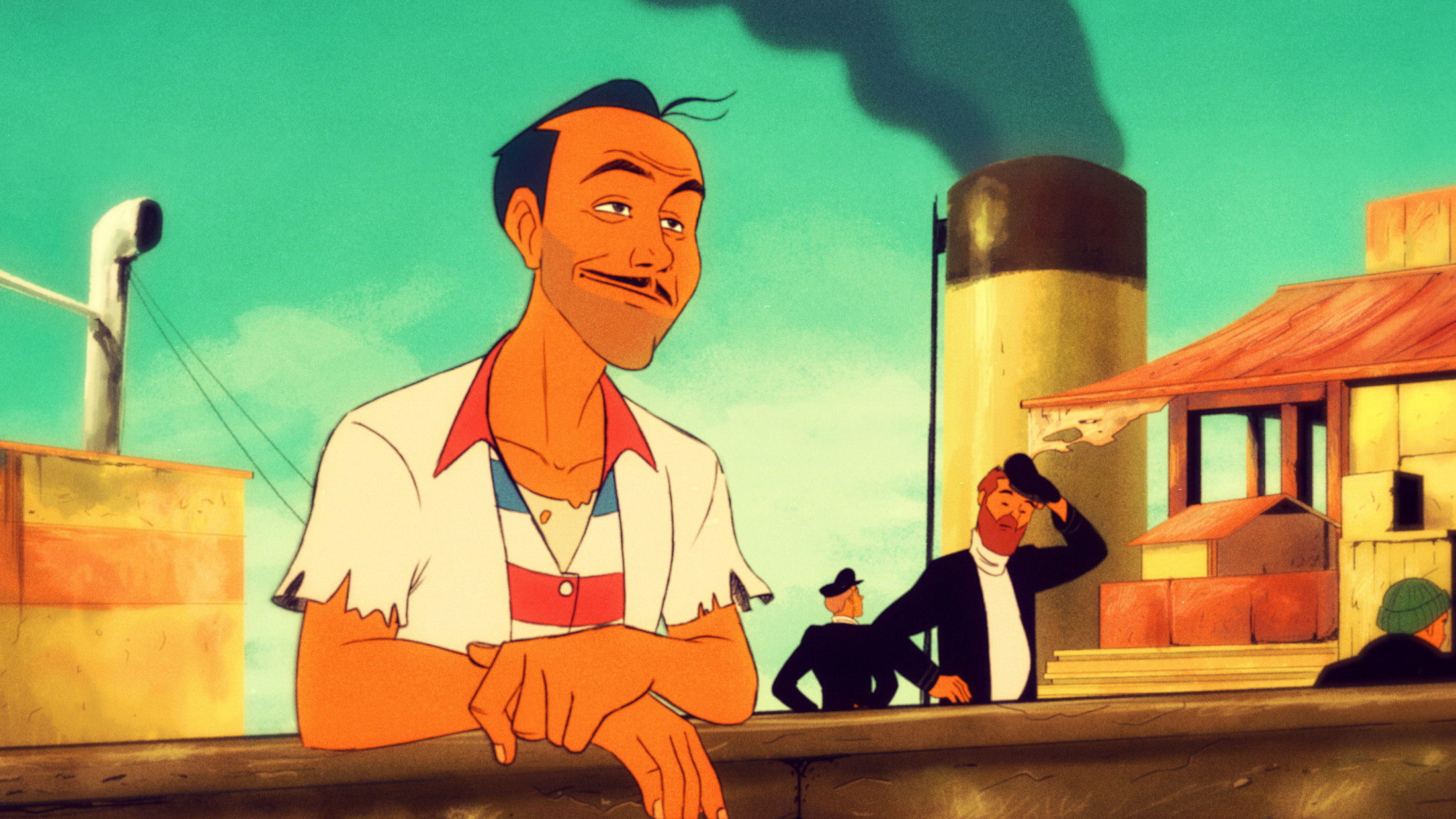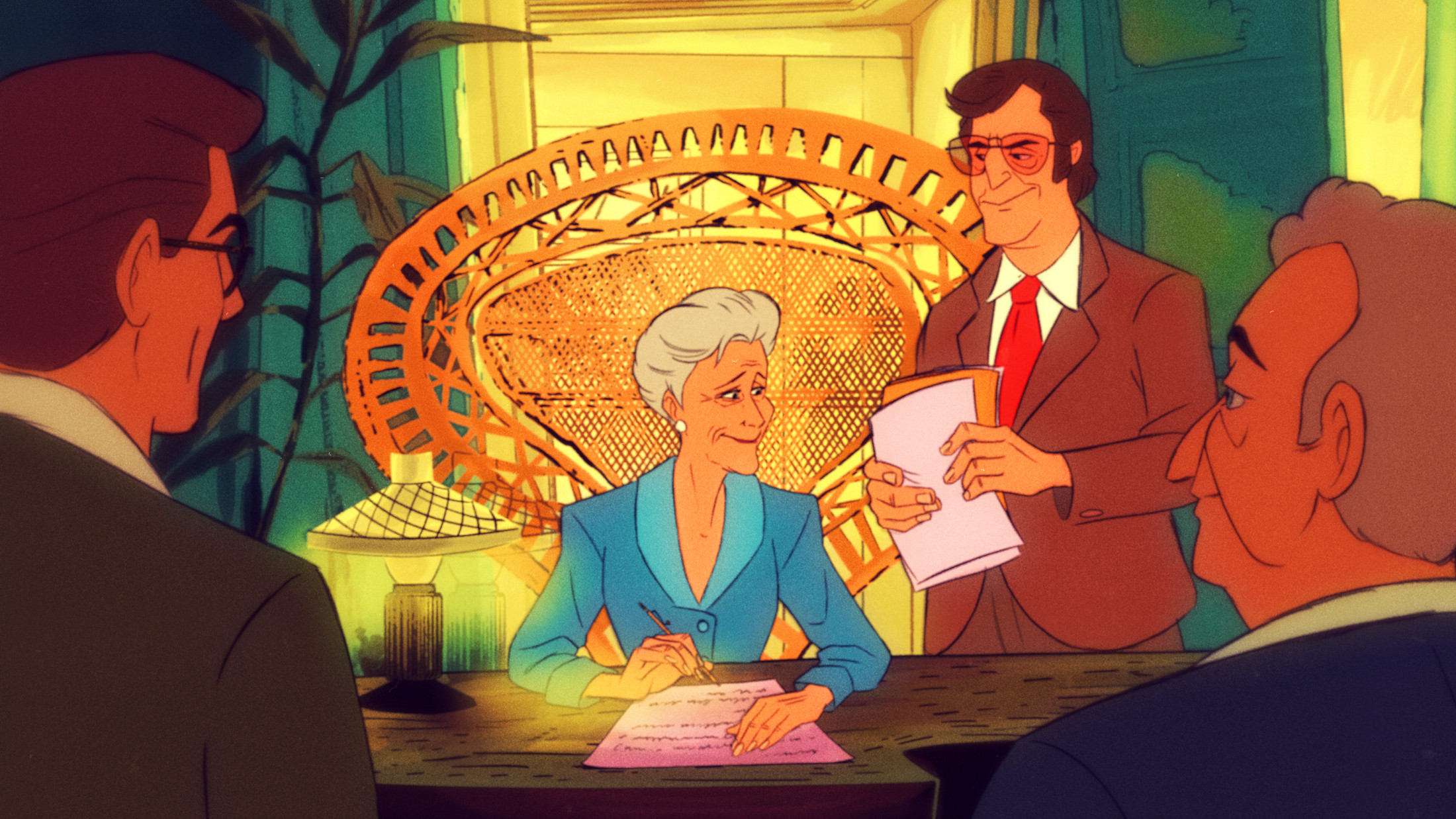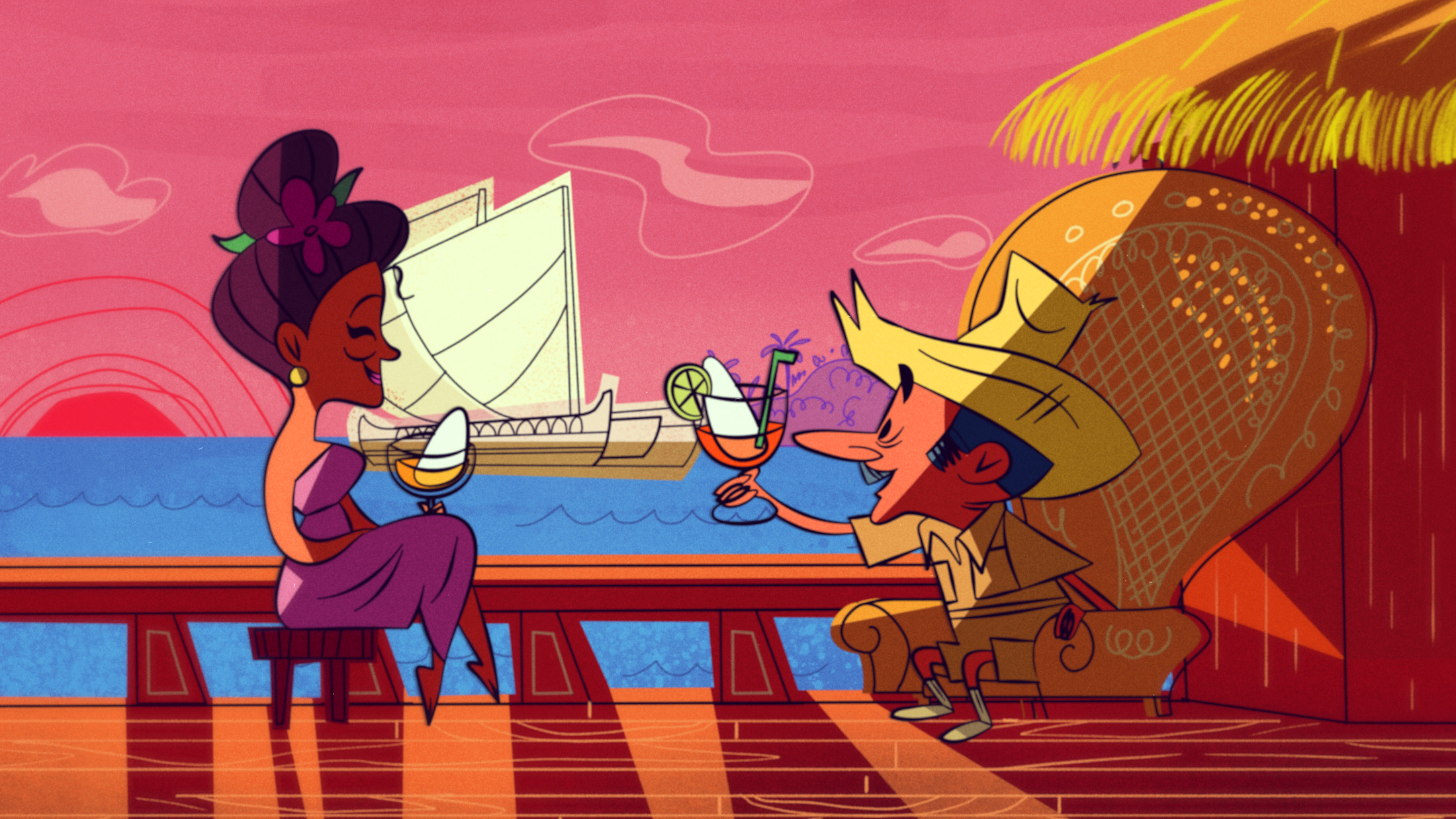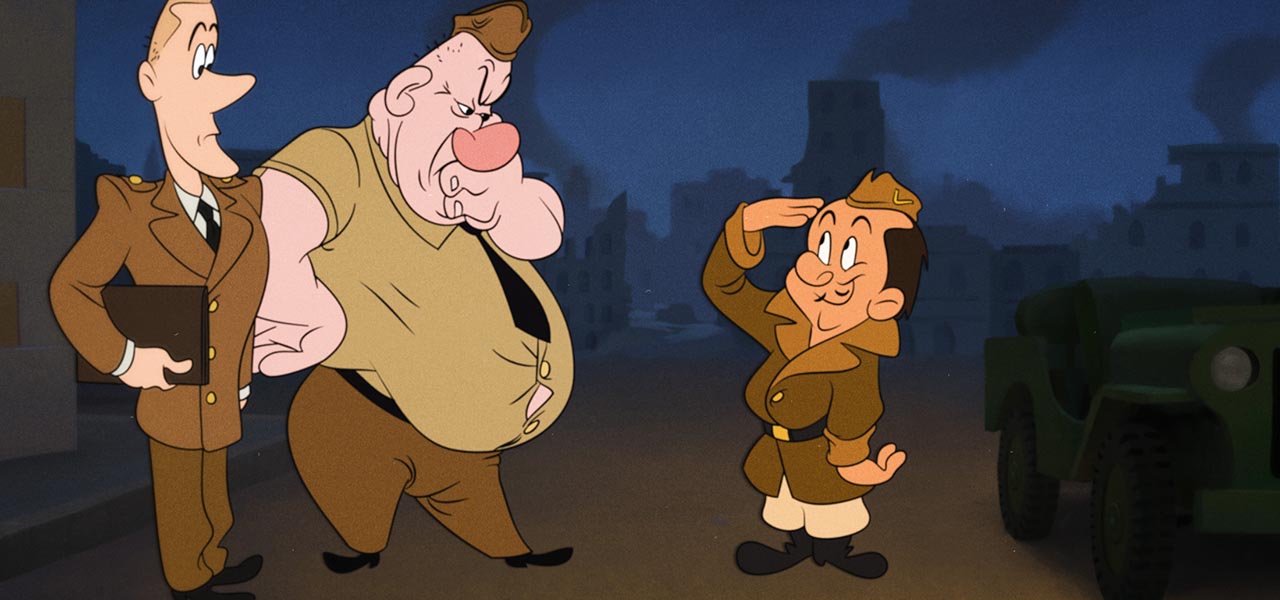
Donn Beach is the undisputed godfather of American tiki, which imitated – in a far different and more authentic way than we’re accustomed to today – the cultural iconography of tropical islands from the South Pacific. He was also notorious for reinventing himself, often at the expense of the full truth.
In the new documentary The Donn of Tiki, debuting at the Florida Film Festival on April 13, filmmakers Alex Lamb and Max Well sift through the man’s many, sometimes conflicting, life stories to try and find out about the real Donn Beach. That said, even in their quest for the truth, the duo never skips a juicy anecdote, no matter how far-fetched.
Lamb and Well used archival footage and interviews and commissioned both stop-motion and 2d animated segments to tell the stories of such a multifaceted individual in the most compelling way possible. The film’s stop-motion segments were produced by Mystery Meat Media, and the 2d animation was executed by Colombian outfit Venturia Animation.
Well told us the reasons behind using animated sequences and why it was always their first instinct to do so:
We always knew we wanted to have 2d animation in the film, and we needed a way to visually differentiate “real” Donn from “story” Donn. The film leans heavily into Donn’s reputation as a storyteller and showman and lets the audience know right away that some of the stories may be, let’s say, stretching the truth. The puppet Donn is presented as a real person, grounded in the same world as all of our other interview subjects, and the 2d animation works as a visual representation of Donn’s version of events. It took us a long time to wrap our heads around it all, but we’re convinced that it makes sense. Hopefully, the audience will think so, too.
Lamb concurred and elaborated:
We knew that Donn’s interview animation had to remain constant and had to be different from the vignettes. Stop-motion made the most sense, not only because it was different from all the other styles of animation but because stop-motion is real. Donn is really talking on these tapes, and the stop-motion helps support that because there was a physical puppet sitting in a physical chair, being photographed on a set.
To create the Donn puppet, Mystery Meat worked from a full character sketch from Kevin Kidney, who designed the character using detailed measurements provided by the studio. Kidney then sculpted the head, arms, and legs out of wood.
Kidney told us about his approach to creating the Donn puppet:
I found inspiration from the very beginning in the art of Sterling Sturtevant. I love her simplified character designs for work for UPA in the 1950s, and especially her work in animated television commercials of the period. My first concept of Donn had eyes that were simply black dots. I wasn’t thinking about Rankin/Bass, but they put similar eyes on Santa in Rudolph the Red-Nosed Reindeer. I loved the look of it, but the guys at Mystery Meat knew they could get much more “acting” out of Donn’s eyes with whites and pupils, and of course, they were right.
I rolled Donn’s miniature cigars out of strips of brown paper shopping bags and carved his cocktail mug out of a scrap of wood in my shop. It’s a scale replica of a real vintage Don the Beachcomber ‘barrel mug.’ I even made a teensy mint sprig out of paper to garnish his drink. It was such a thrill to see the puppet come to life, seated in that little rattan chair, puffing on his cigar with his legs crossed, just like the real Donn.
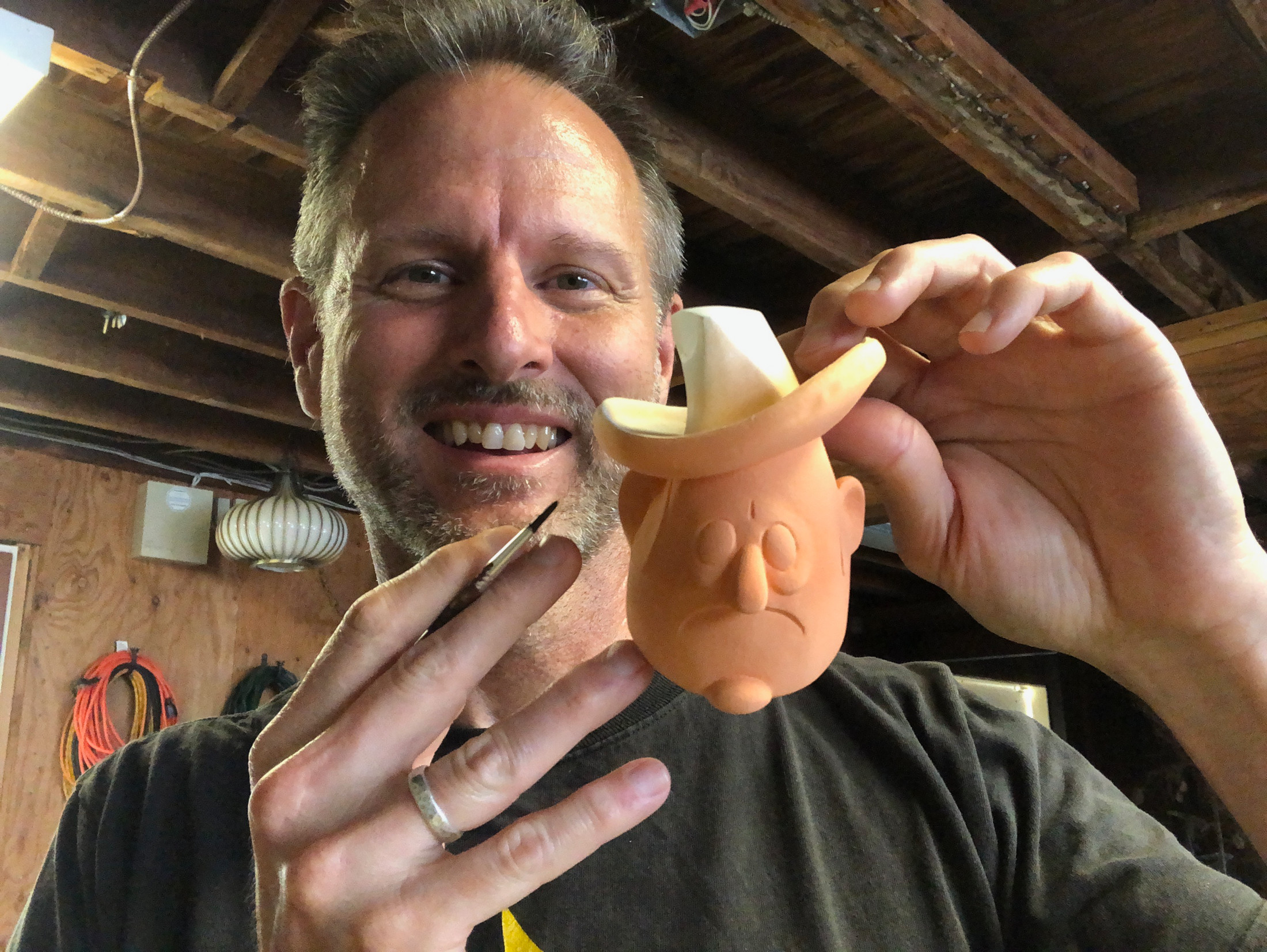
From there, Mystery Meat took over. Animator Ri Crawford explained to Cartoon Brew:
We then customized the rest of the proportions of the armature, built-up foam to fill out the rest of his body, and hid the foam with the charming khaki suit tailored by our fabricator, Angela Pierson. Kevin also provided a series of hands in various poses that we used for some shots to hit the more shapely poses our wired-silicone hands couldn’t reach. Finally, we were delighted by Kevin’s delivery of the tiny props- the cigar, the rum mug with ice and straw, etc. These are the details that texture stop motion so magically.
Crawford says the studio spent three to four weeks fabricating dolls and sets, which included a significant overhaul of the puppet partway through. Animation, led by animator Aarica North, who created about two-thirds of Donn’s appearances in the film, took another three to four weeks. The rest of Donn’s shots were animated by Tom Gibbons.
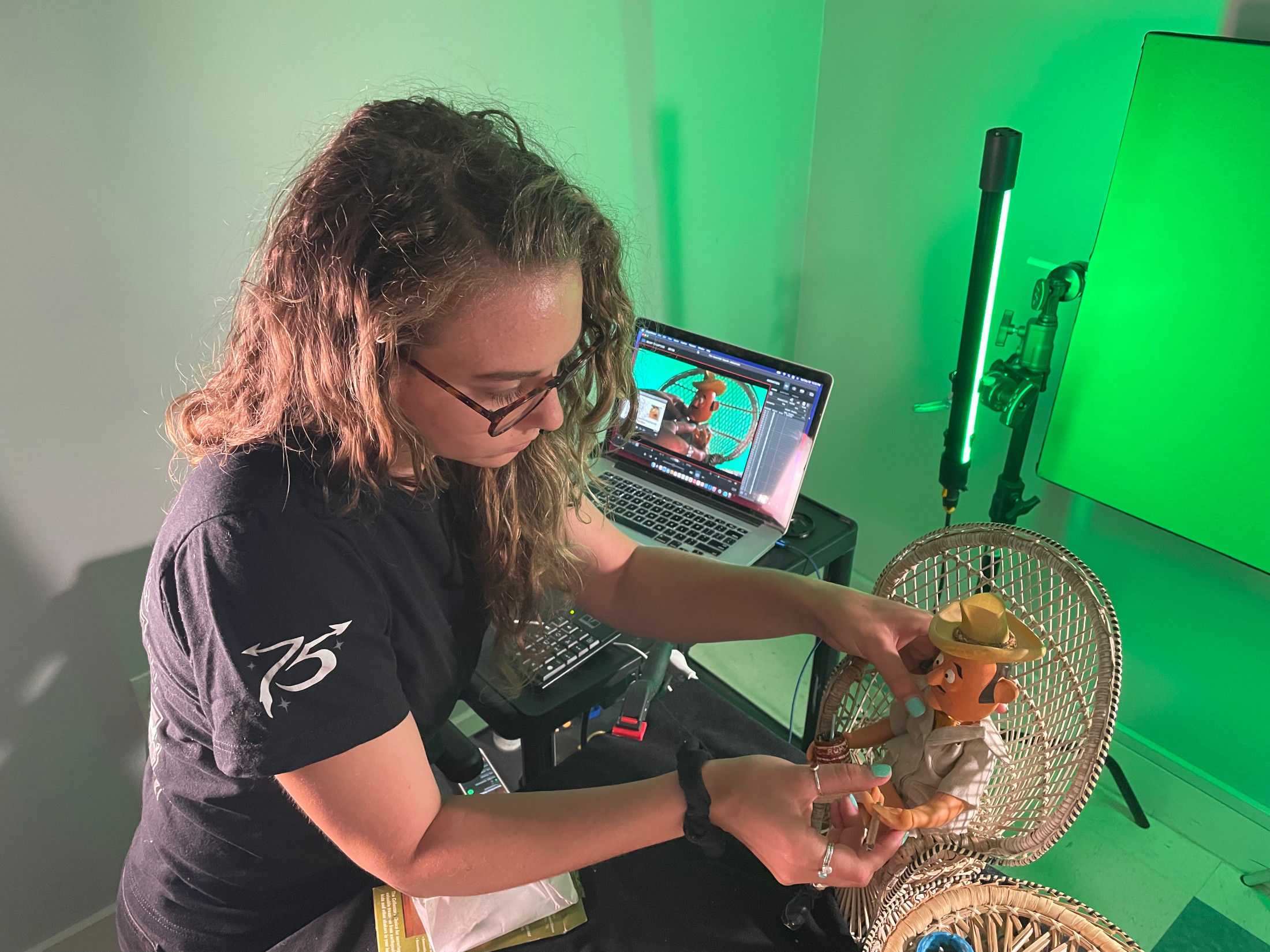
The Donn of Tiki unspools over several decades of the 20th Century, and its 2d-animated sequences were produced to mimic popular techniques of the artform corresponding to the periods being represented. Venturia Animation Studios founder Juan M. Urbina explained how they pulled that off:
We assembled a team of some of our best classical animators to tackle the rubber-hose sequences since they were the most challenging and they were about 50% of the workload. Then, we split our animation team into three: one team would be working their magic on the Warner-esque 1940s “Donn in World War II” sequences, another team would be solely animating the mid-century stuff, and another would be finishing two nostalgic sequences for the documentary’s ending, in which—without giving too much away—animation is used to wrap up the storylines of the two main characters.
Many of the hand-drawn characters and locations were recreated from archival materials. However, when reference materials weren’t available, Venturia’s artists had to be more creative and emulate what animators of those periods were doing, which occasionally created new challenges:
We only appealed to the creative license whenever we encountered absolutely no reference from the archives or the internet, and in such cases, our thought process was, “Okay, how would they have designed this type of character back in the day?” which of course proved problematic for the character of “Pops Julian,” Donn’s loyal and most skilled bartender who was of Filipino origin. Co-directors Alex and Max really wanted to steer away from anything in his design that could be considered racist, which was particularly difficult because the time period for the animation (especially the 1930s and 40s) was filled with all kinds of negative depictions. In the end, I think we did a good job creating an appealing design without compromising the cheeky authenticity of the rubber-hose era.
The amount of time and care invested into The Donn of Tiki is apparent in the film’s final cut. Given Donn Beachcomber’s penchant for reinvention and the mystery that still surrounds the man, it’s easy to see why the filmmakers wanted to utilize so many different styles and aesthetics to tell his story.
Discover more from reviewer4you.com
Subscribe to get the latest posts to your email.
